Mosaics in India: Lakshmi Vilas Palace
by Richard Davis, Clinton, WA richarddavismosaics.com
This article is extended from the Summer 2012 issue of Groutline – SAMA’s e-Journal available for members.
When one links mosaics and India one name comes to mind—Nek Chand Saini’s Rock Garden in Chandigarh. Using the Internet and reference books I tried to find mosaic sites in the state of Gujarat before traveling there in January 2010 with no luck. However, in my travels I’ve learned that mosaics are to be found if you look hard enough and Gujarat was no exception.
The mosaics I found should be divided into 4 groups, ranging in age from 1880’s to the present day. The first part was religious, consisting of mosaics on temples and some religious-themed murals scattered throughout both cities and rural areas. According to our guide, a wonderfully knowledgeable fellow, local tile setters usually create these religious-themed mosaics. The imagery varies from plain geometric design in muted colors with a small religious symbol on a spire to temples completely covered in tile. Gujarat is one of India’s leading tile manufacturing centers. It may be that tiled shrines are seen more frequently in Gujarat because the locally made product is donated to temple construction projects in an effort to receive the goodwill of the gods.
One particularly fine temple’s every surface was covered in intricate tile patterns indicating to me that the tile setter was a master of his craft. Large quantities of tiles had been meticulously cut to form shapes of animals and religious symbols. I wasn’t able to determine if the tile setter was also the artist who had chosen and designed the installation. It’s possible that a priest or holy man guided the selection of images and their placement. Nearby, we saw a wall mosaic illustrating the popular pilgrimage up to the hill temples of Palitana.
The second group of mosaics I came upon are those in residential floors. One notable example was a small palace which is now the heritage hotel “Vijay Vilas” built for prince Vijay Singhi between 1904 -1906 in Palitina. The 1000 sq. ft. living and dining room floor was made in the pique assiette method during this period. The china used came both from Holland (some of the current owner’s Dutch guests have identified some of the china shards) and England. Bone china was freely available during this period due to a significant cultural marketing error— importers brought china made with beef bone ash to India, a country in which many hold cows sacred! In addition to the china, a few cast glass medallions (with embedded metal prongs for security) were used for emphasis. The mosaic has an organic border that encloses a geometric pattern. Although showing some signs of wear, this floor is holding up remarkably well with only some small poorly done local repairs. The owner has stopped repairs until he can find a more qualified artist to finish them.
I found a third type of mosaic at Lakshmi Vilas Palace in Baroda aka Vadodara in the sections of the building commissioned by Maharaja Sayajirao Gaekwad III between 1878-1890 following a design by Major Charles Mant and Robert Fellowes Chisholm. About 4 times the size of Buckingham Palace, this enormous edifice employed twelve Italian artist craftsmen for eighteen months from the Venice and Murano Glass & Mosaic Company, a famous mosaic company in operation from 1866-1909, and owned by the English artist Edward Burne-Jones during the period of the palace’s construction. This information was provided by Mango Hinguaro, the curator of a museum in the palace grounds. Unfortunately, Hinguaro didn’t know who had made the designs for the mosaics. My BAMM friend, John O’Brien, kindly read for me an 1896 interview with Robert Chisholm that I found in London in the library of the Royal Institute of British Architects. He reported that a Mr. Hasjee, a local draftsman, probably designed the mosaics, which the Italian mosaicists then interpreted. Made of smalti, the tiles were imported from Italy along with Carrara marble, and other semi-precious stones. One spectacular outdoor mosaic, approximately 16 feet by 10 feet made of smalti, features beautifully detailed full-length portraits of men and women wearing traditional costumes in a setting similar to a celebration or festival with Christian overtones in the form of an angel. Of special interest are the necklaces worn by female figures made from custom glass cane or filati. The turbans worn by the men are very skillfully modeled.
One of the palace’s entrances is adorned with a number of life-size female figures draped in traditional dress set in a gold smalti background. Some of the gold smalti has fallen out and been repaired with inexpensive modern gold glazed ceramic tile. Inside the Palace, a room currently used to display weapons has an intricately cut geometric stone floor. The pièce de résistance is the magnificent Durbar Hall. This reception room, larger than a football field, has a spectacular mosaic floor mostly of stone with some smalti and mother of pearl. Every window, of which most are stained or leaded glass in sculptural niches, is decorated with smalti in floral patterns. Only a small section of this palace is open to the public, the remainder of it is still used as a residence. Therefore, I’m unable to say how many more mosaics are to be found there or in other palaces constructed during this same period in India. At press time, Indian newspapers report this palace will be turned into a Heritage Hotel, leaving the ability to visit these mosaics unknown.
The fourth type was a completely modern mosaic in Ahmedabad. I came across an enormous computer designed vitreous glass mosaic showing episodes from Gandhi’s life. This mosaic covered all the walls of an underpass under the railway line; it was 100’s of feet long. Unfortunately, despite being installed just a few years ago, it was already starting to deteriorate. Gujarat is Gandhi’s home state.
For those interested in art nouveau or art deco tile work, head to the major temples in India where you can find a few from the first half of the 20th century.
I can truthfully say that Gujarat, one of India’s most economically developed and prosperous states, is a good destination for the mosaic seeker with plenty of other art and crafts to fill in any days in between mosaic destinations.
Note: English spellings of Indian names are spelled differently depending on the source of the information, since the English name is likely transliterated from Hindi or another Indian subcontinent language. For example, if you Google Lakshmi Vilas Palace, it will be also called Lukshmi Vilas Palace or Laxmi Vilas Palace and will be located in Baroda rather than the more contemporarily used name of Vadodara. Don’t be confused by another palace (now a hotel) with a similar name in Udaipur, Rajasthan. Similarly the Vijay Vilas Palace heritage hotel in Palitana is actually located in a suburb called Adpur and should not be confused with Vijas Vilas Palace in Mandvi, Gujarat.
Click on any image below to start the slide show. All images courtesy Richard Davis.
- Ratan Bai Mosque Jamnagar
- Temple Junagadh
- Temple Junagadh
- Temple Towards Gir
- Temple Towards Gir
- Temple Towards Gir
- Temple Towards Gir
- Temple Towards Sommath
- grave in Veranal
- beginning temple stairs Palitana
- beginning temple stairs Palitana
- Vijay Vilas Palitana
- Vijay Vilas Palitana
- Vijay Vilas Palitana
- Vijay Vilas Palitana
- Vijay Vilas Palitana
- Vijay Vilas Palitana
- Vijay Vilas Palitana
- Vijay Vilas Palitana
- bible house Ahmedabad
- underpass Calico museum Ahmedabad
- public bench Jambughoda
- Lakshmi Vilas Palace
- Lakshmi Vilas Palace
- Lakshmi Vilas Palace
- Lakshmi Vilas Palace
- Lakshmi Vilas Palace
- Lakshmi Vilas Palace
- Lakshmi Vilas Palace
- Lakshmi Vilas Palace
- Lakshmi Vilas Palace
- Lakshmi Vilas Palace
- Lakshmi Vilas Palace
- Lakshmi Vilas Palace
- Lakshmi Vilas Palace
- Lakshmi Vilas Palace repair
- Lakshmi Vilas Palace
SAMA Members will enjoy another article from Richard about the mosaics he discovered in Vietnam in this Fall’s issue of GROUTLINE, SAMA’s e-Journal.






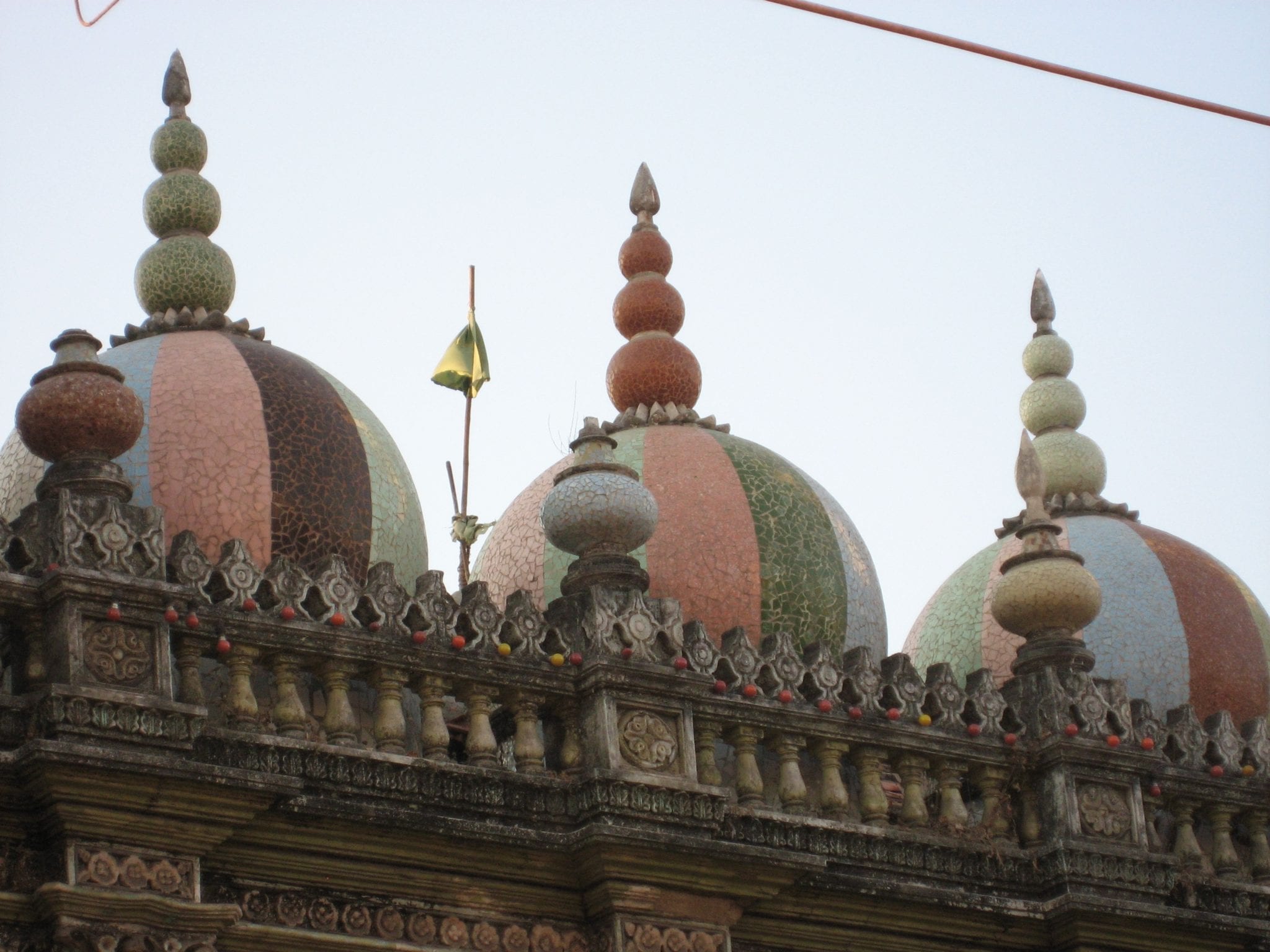


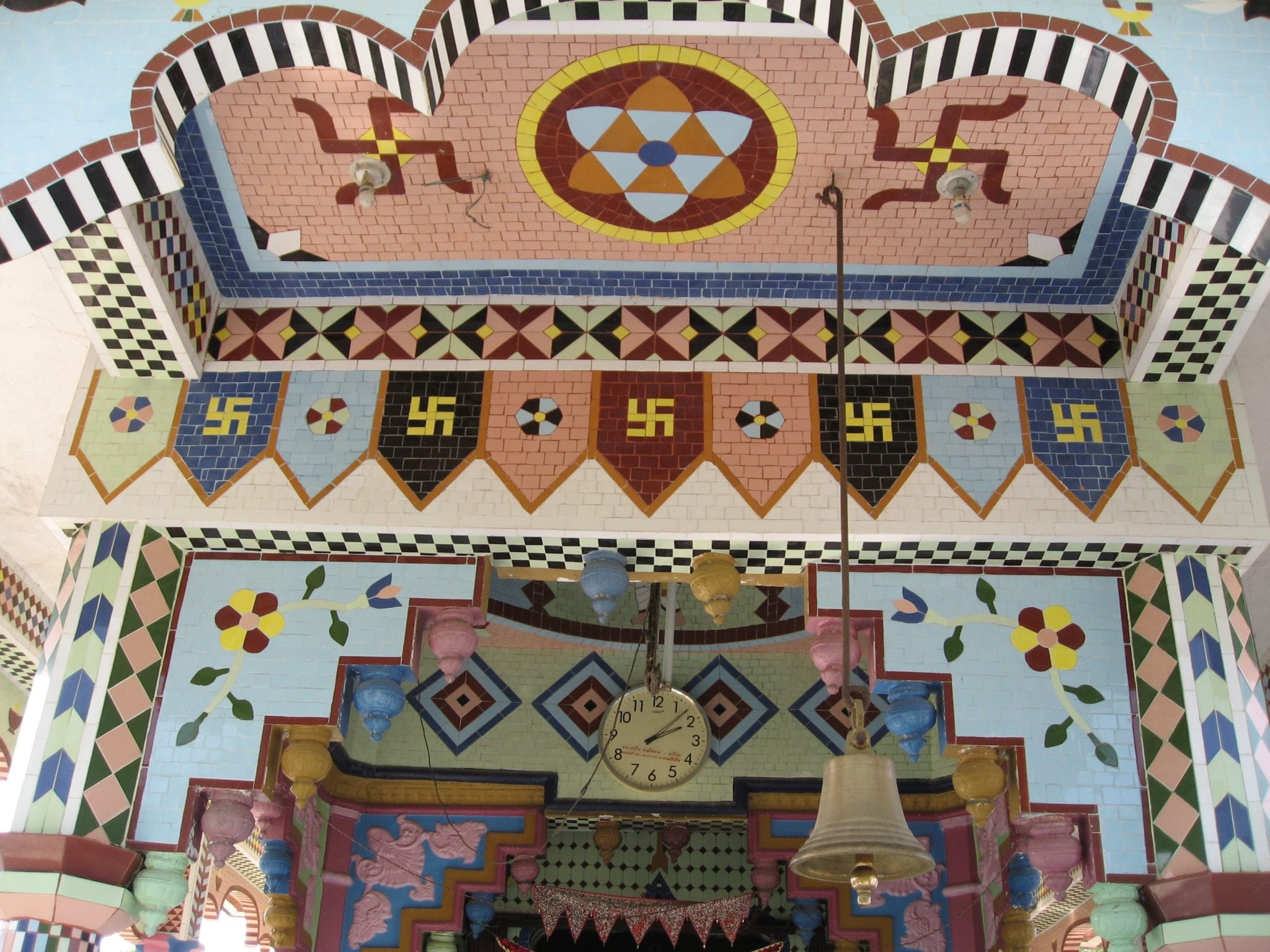
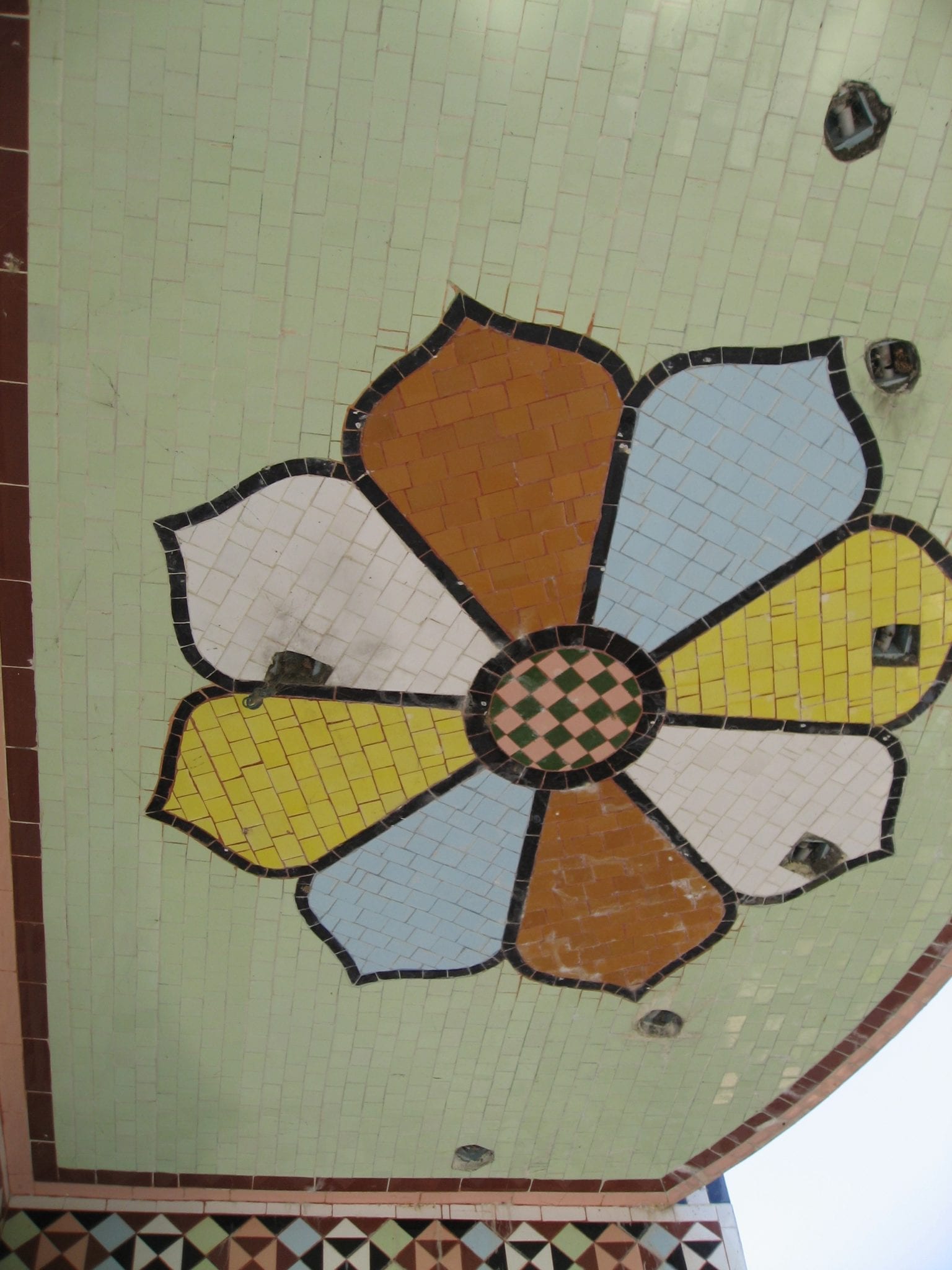
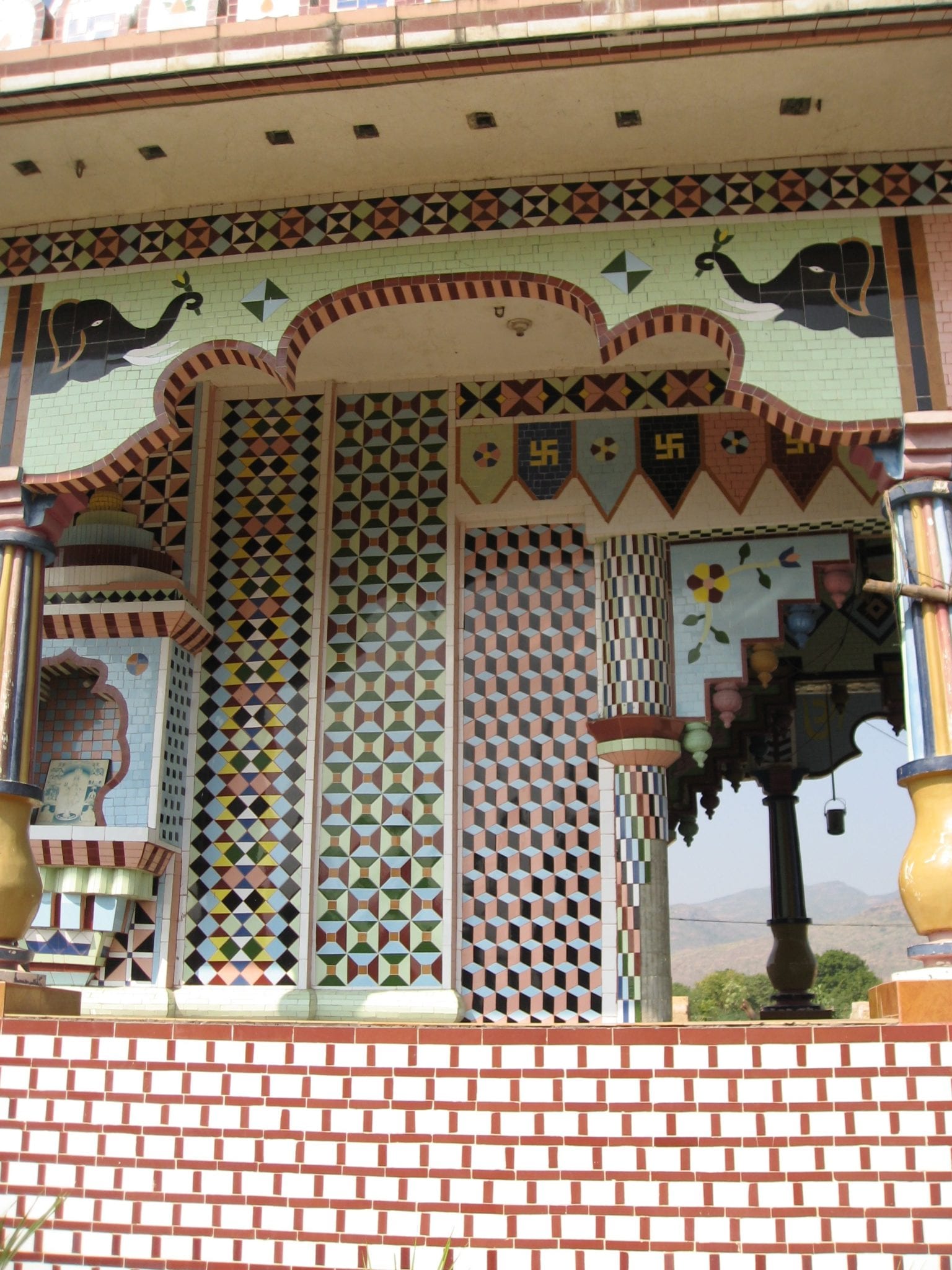




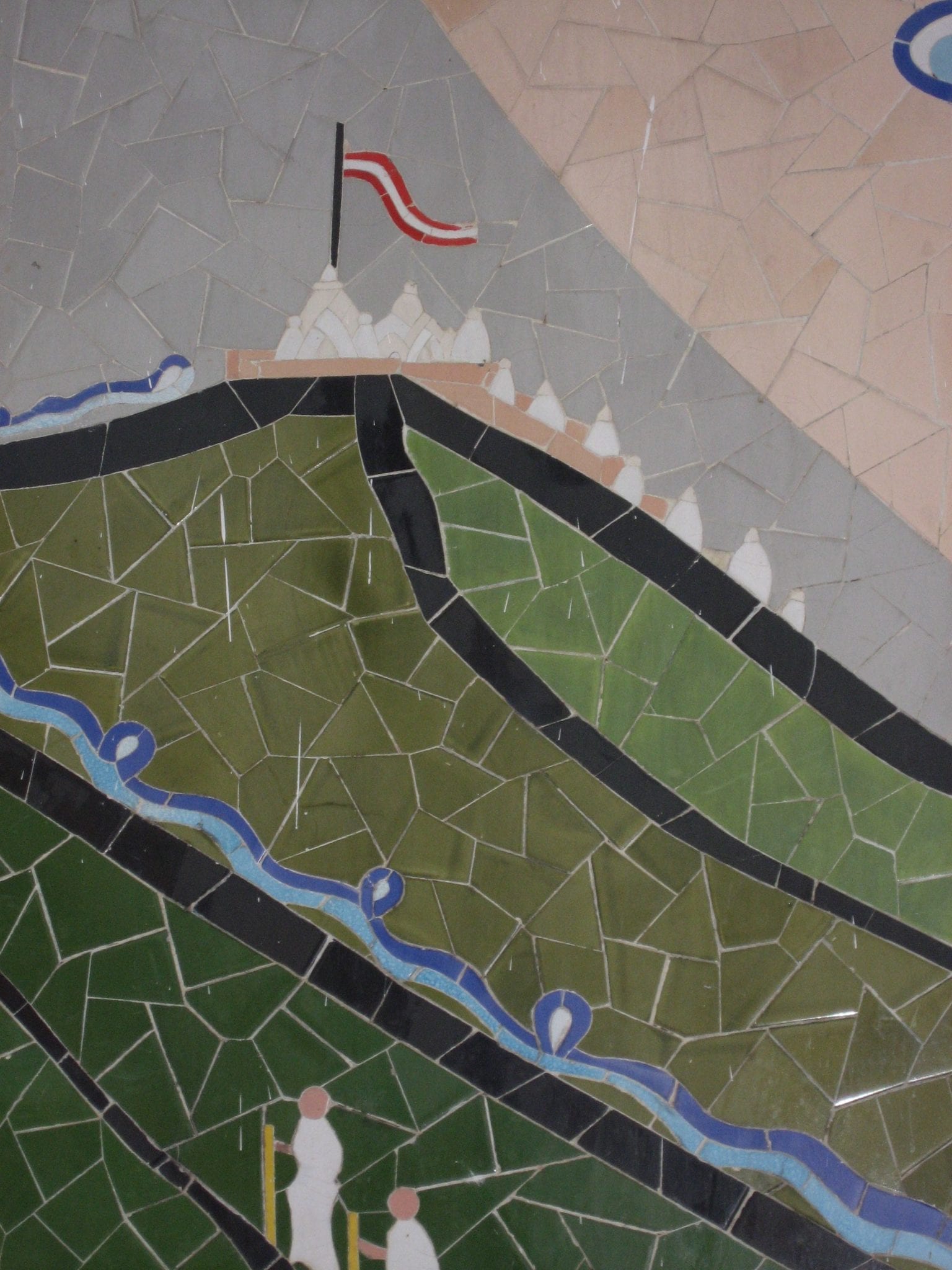
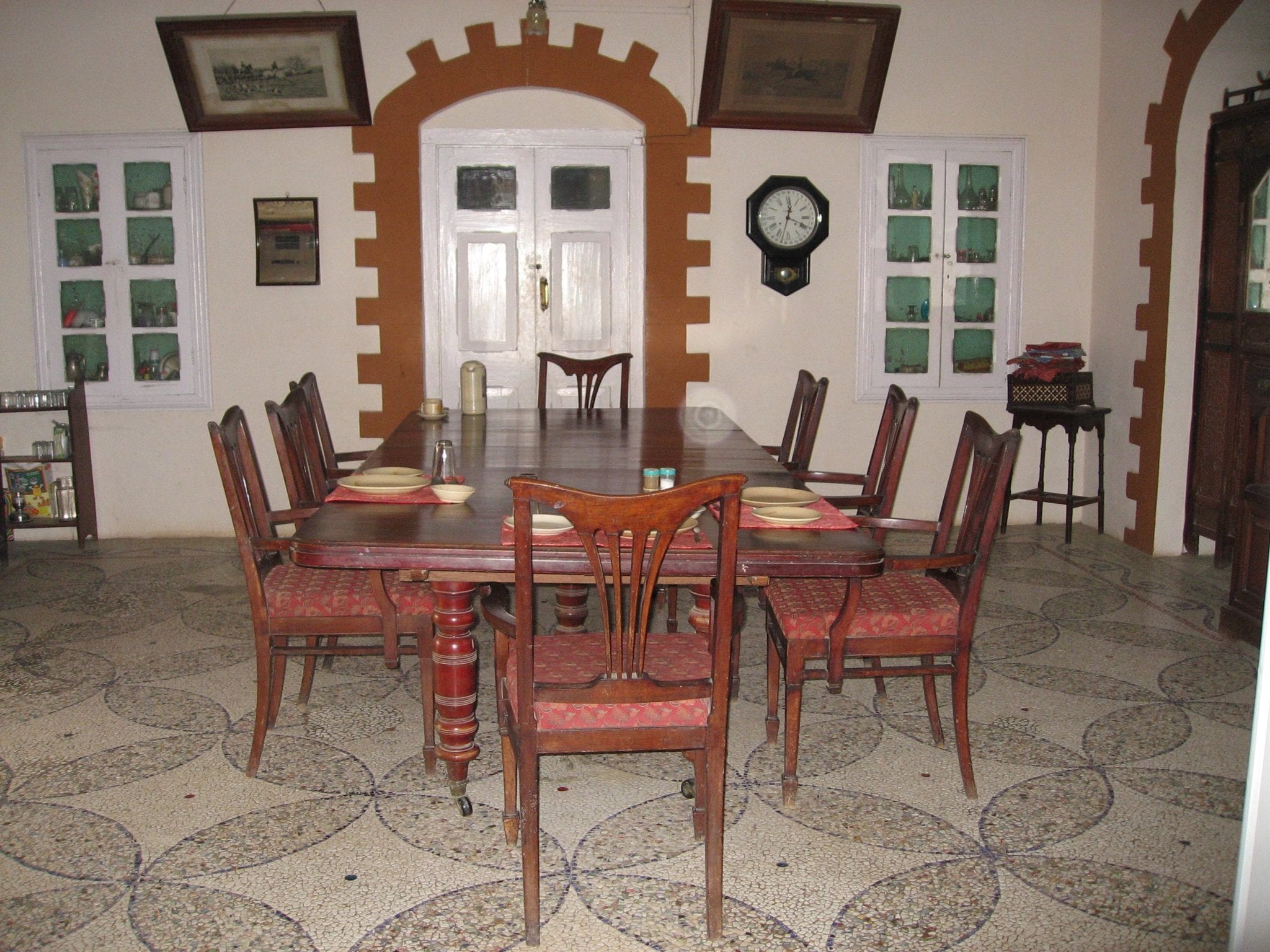

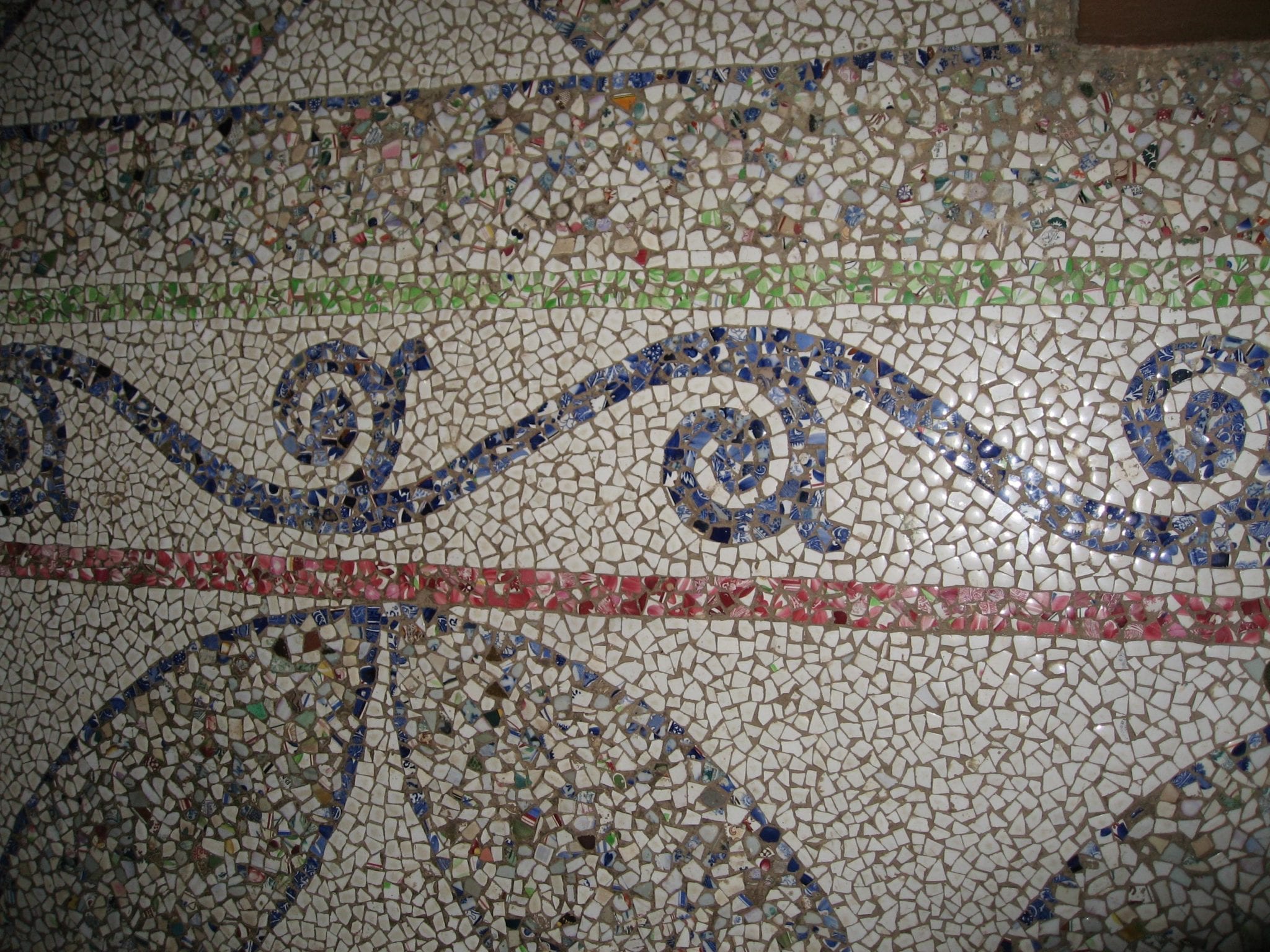



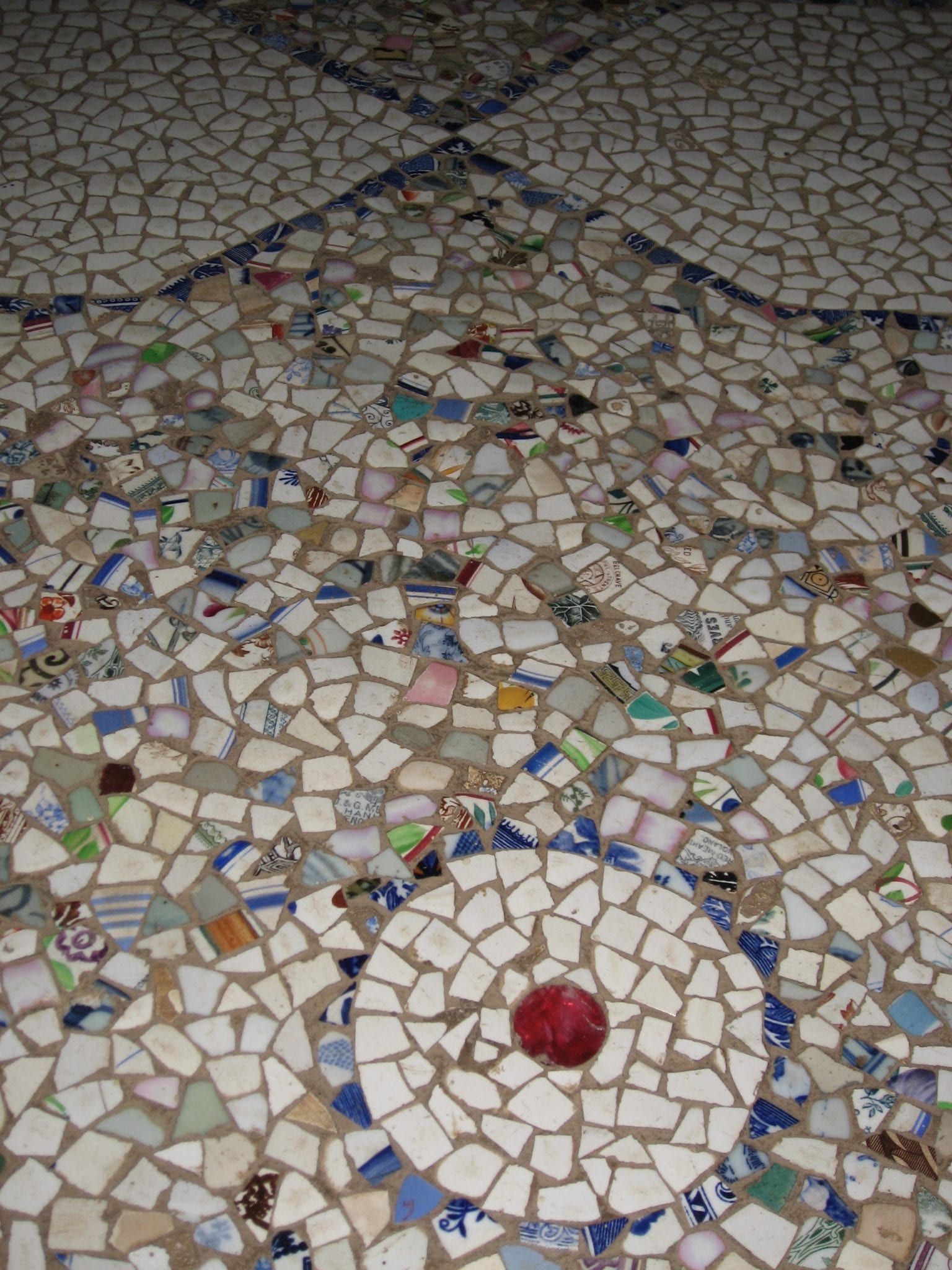

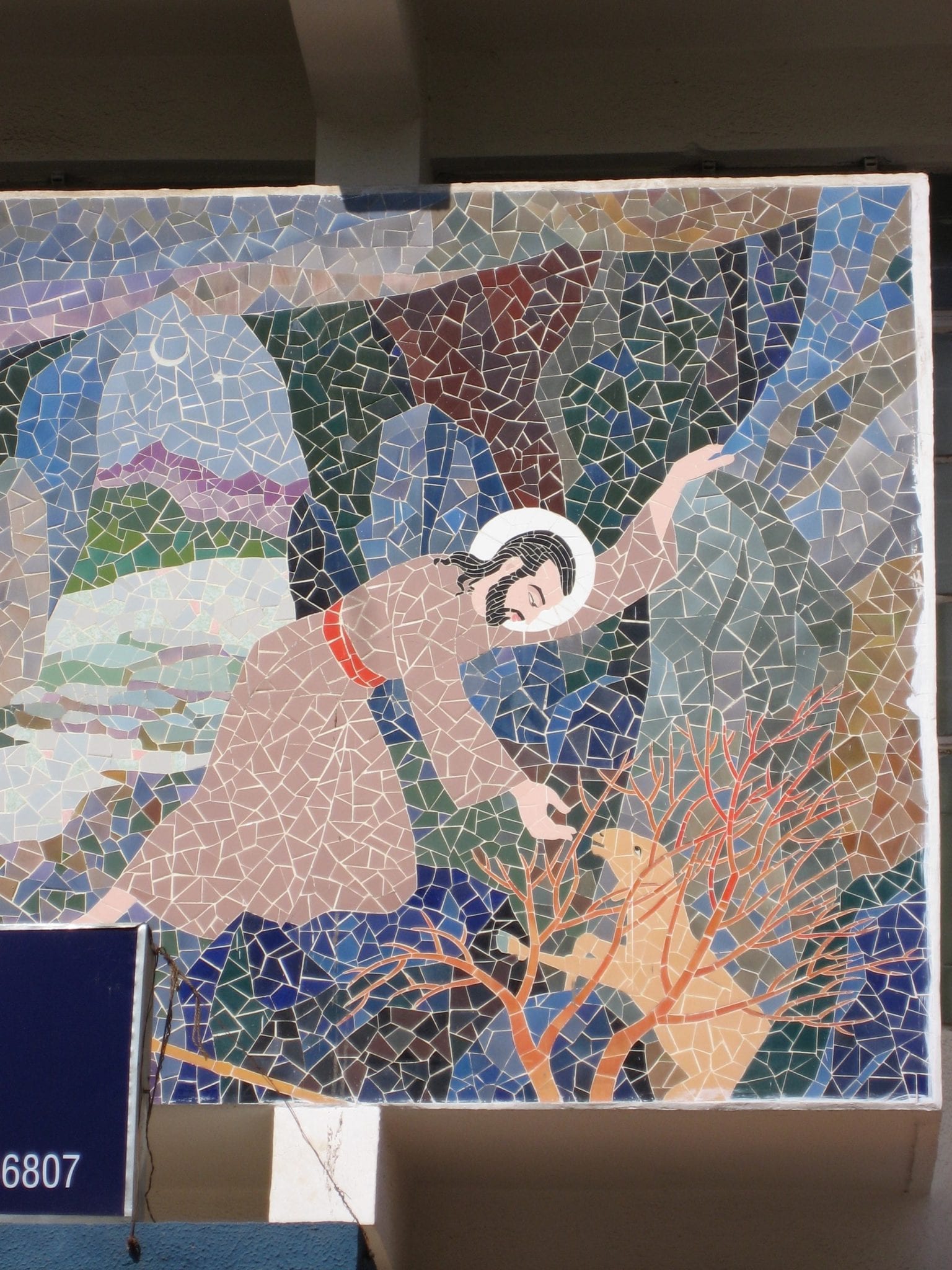
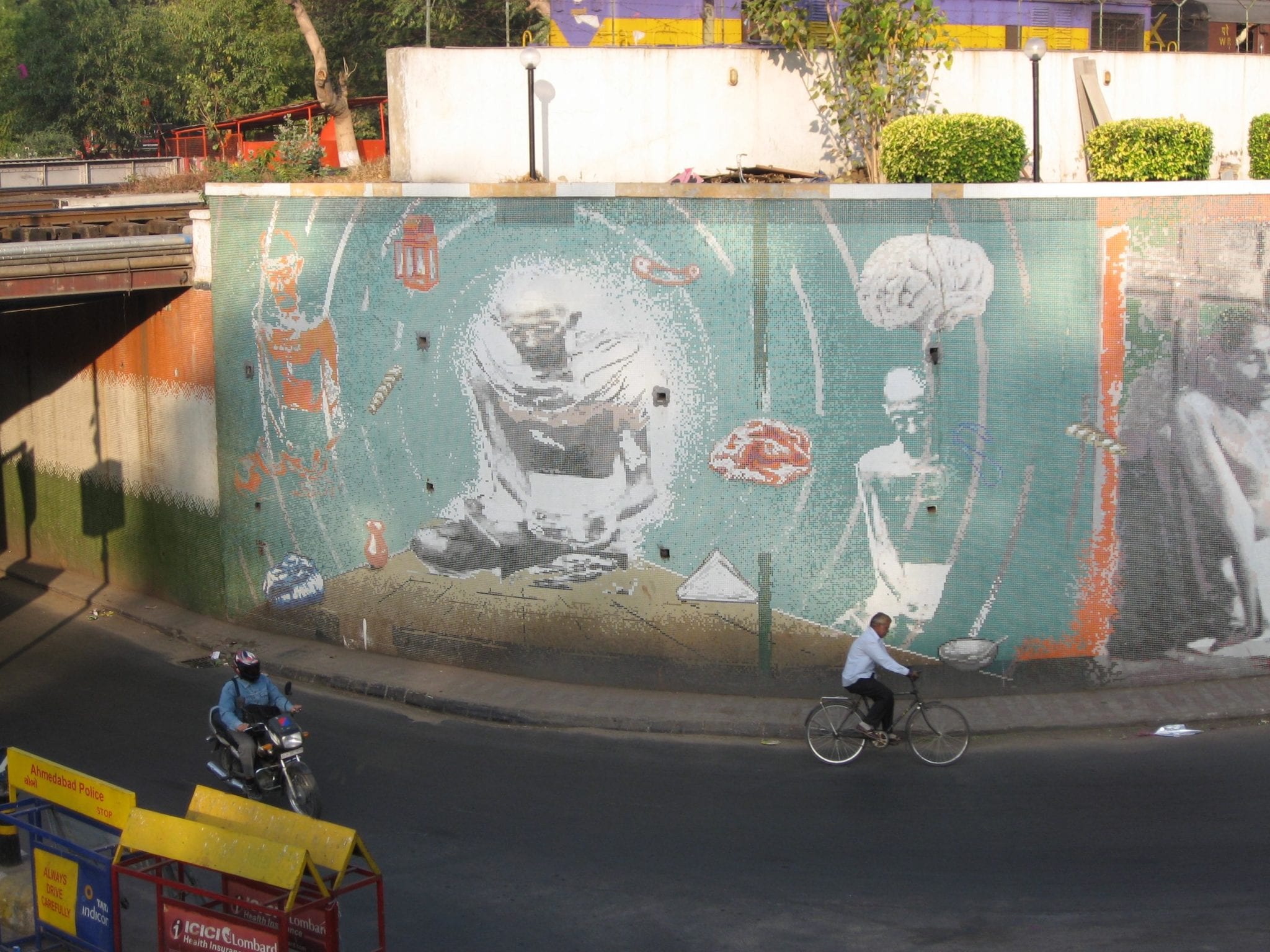

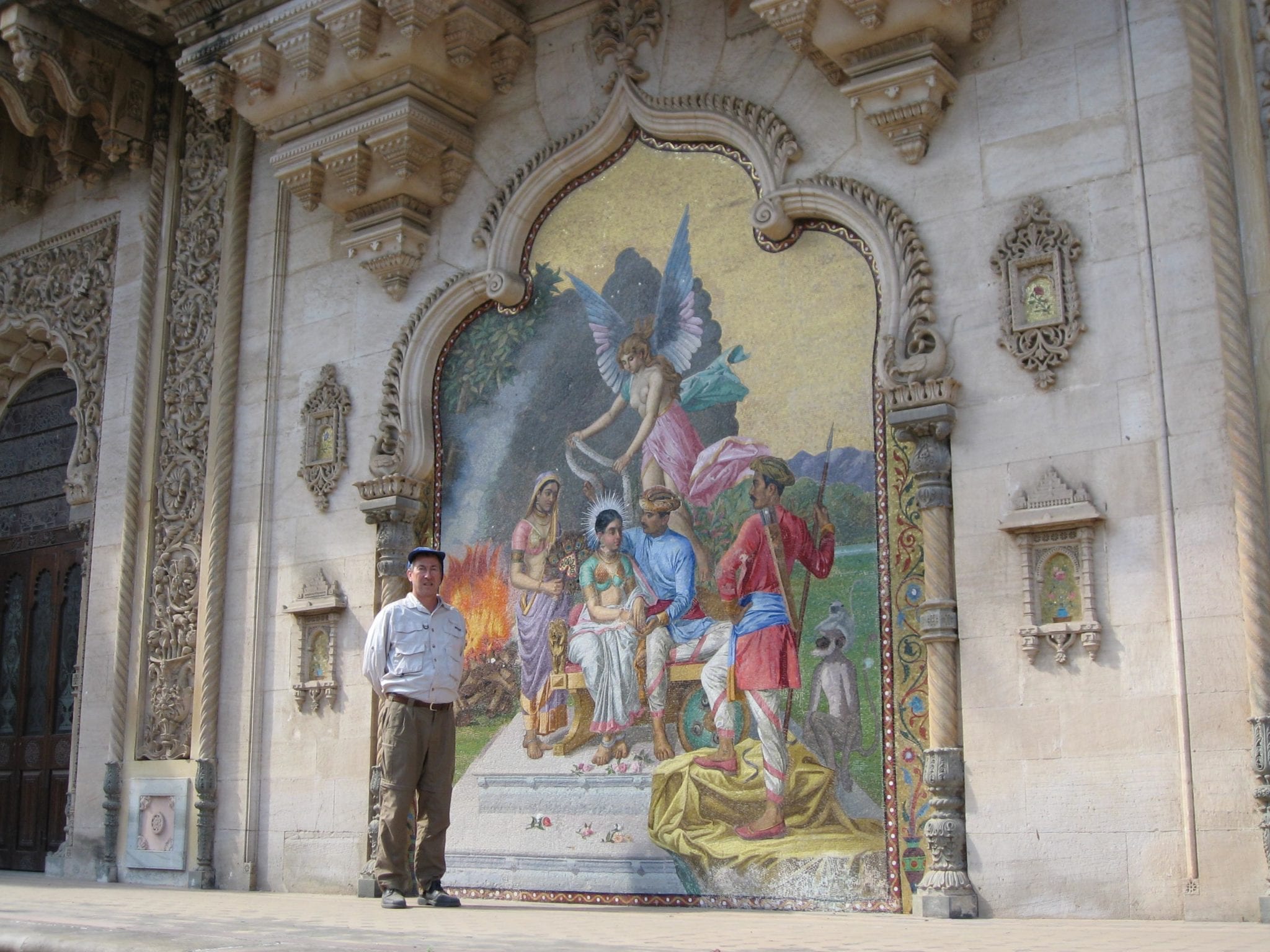
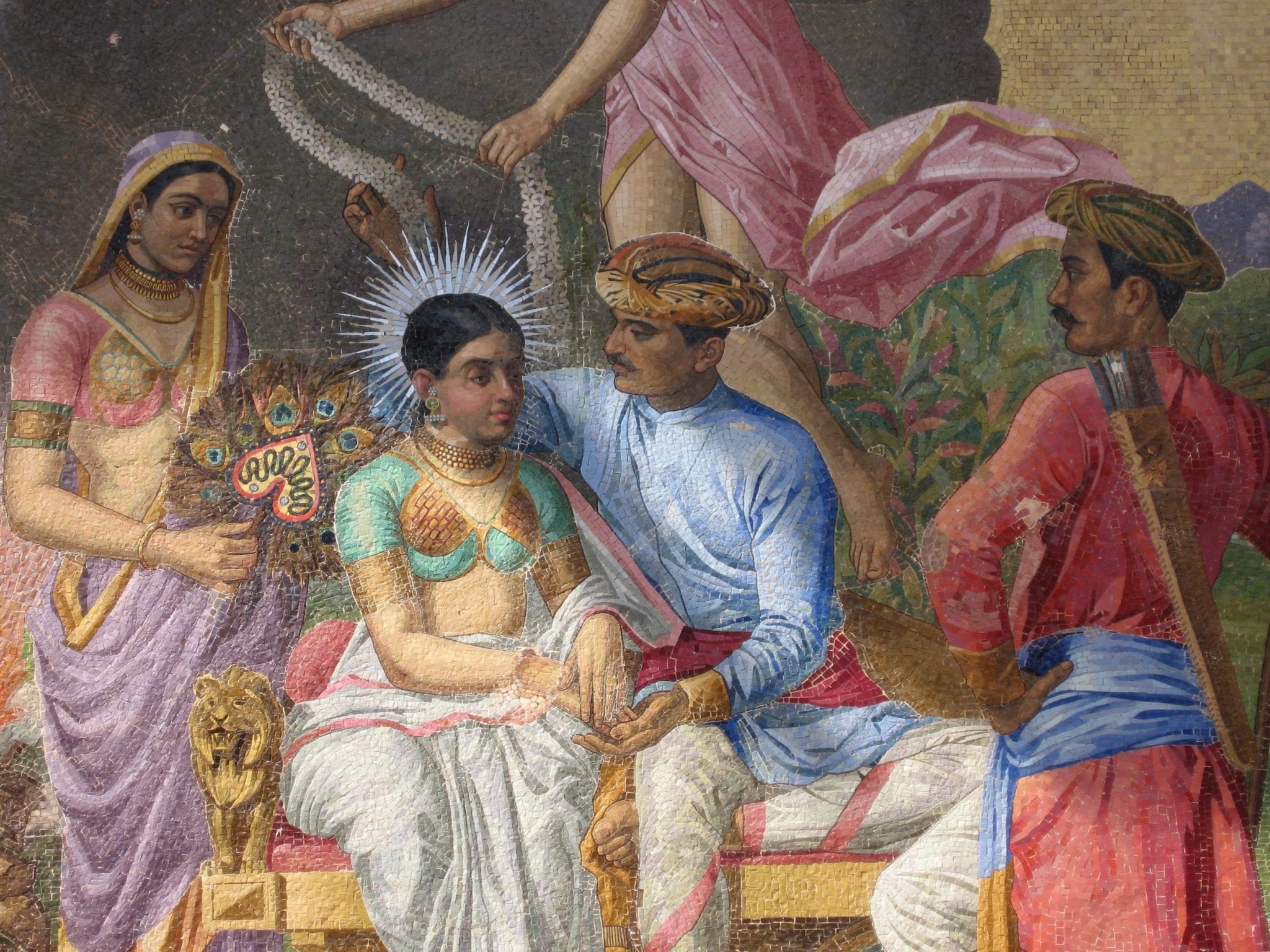
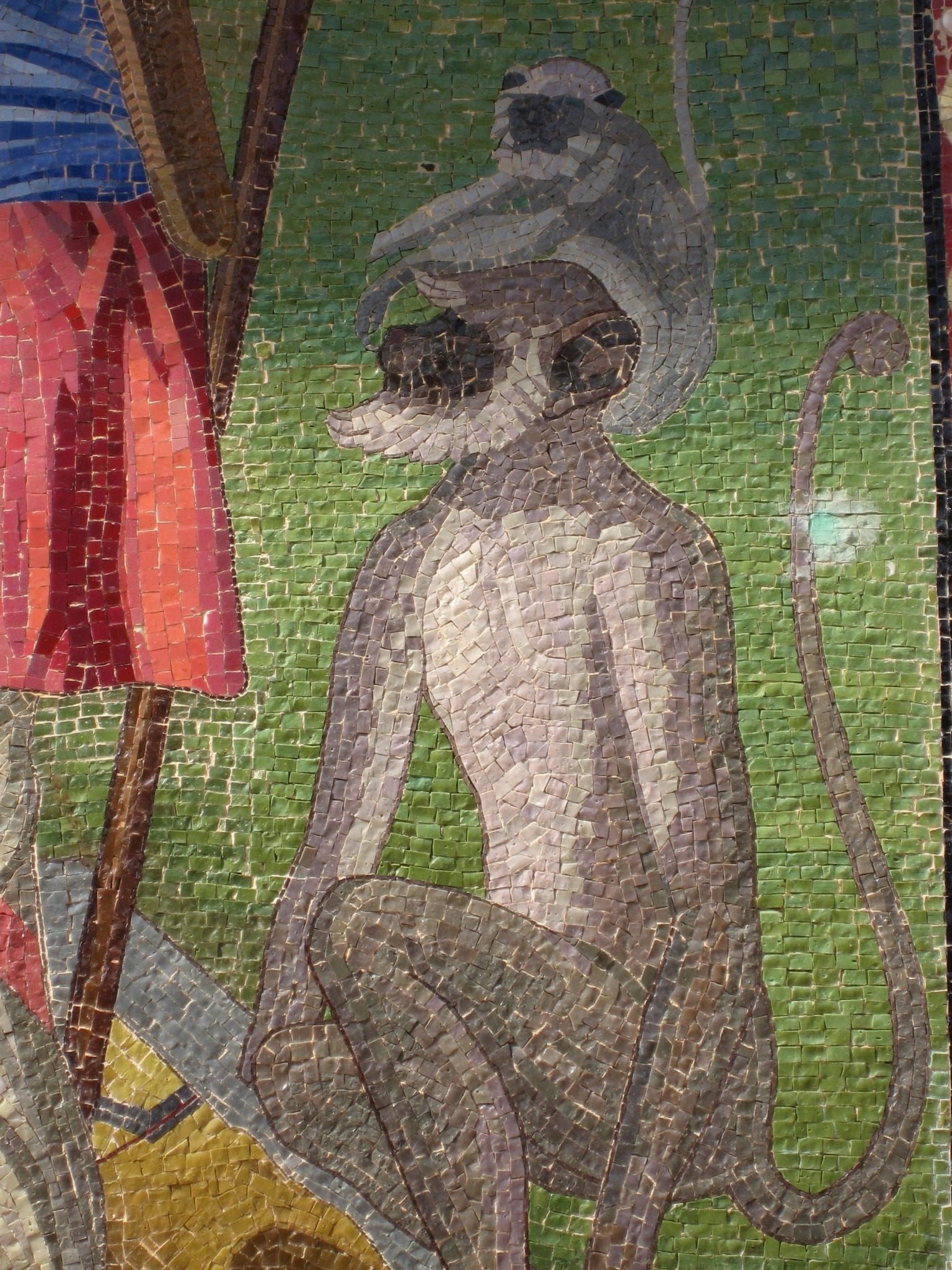
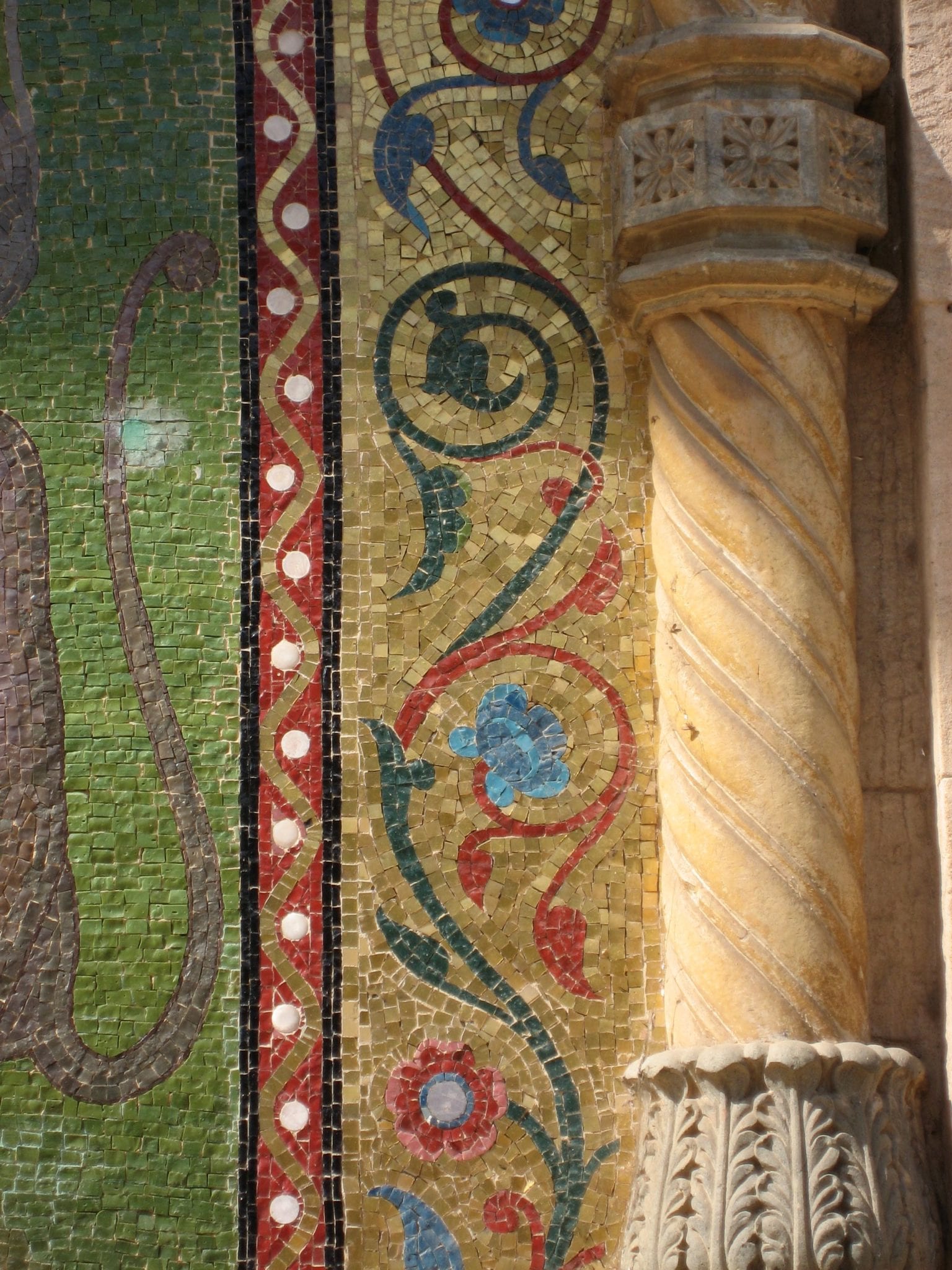
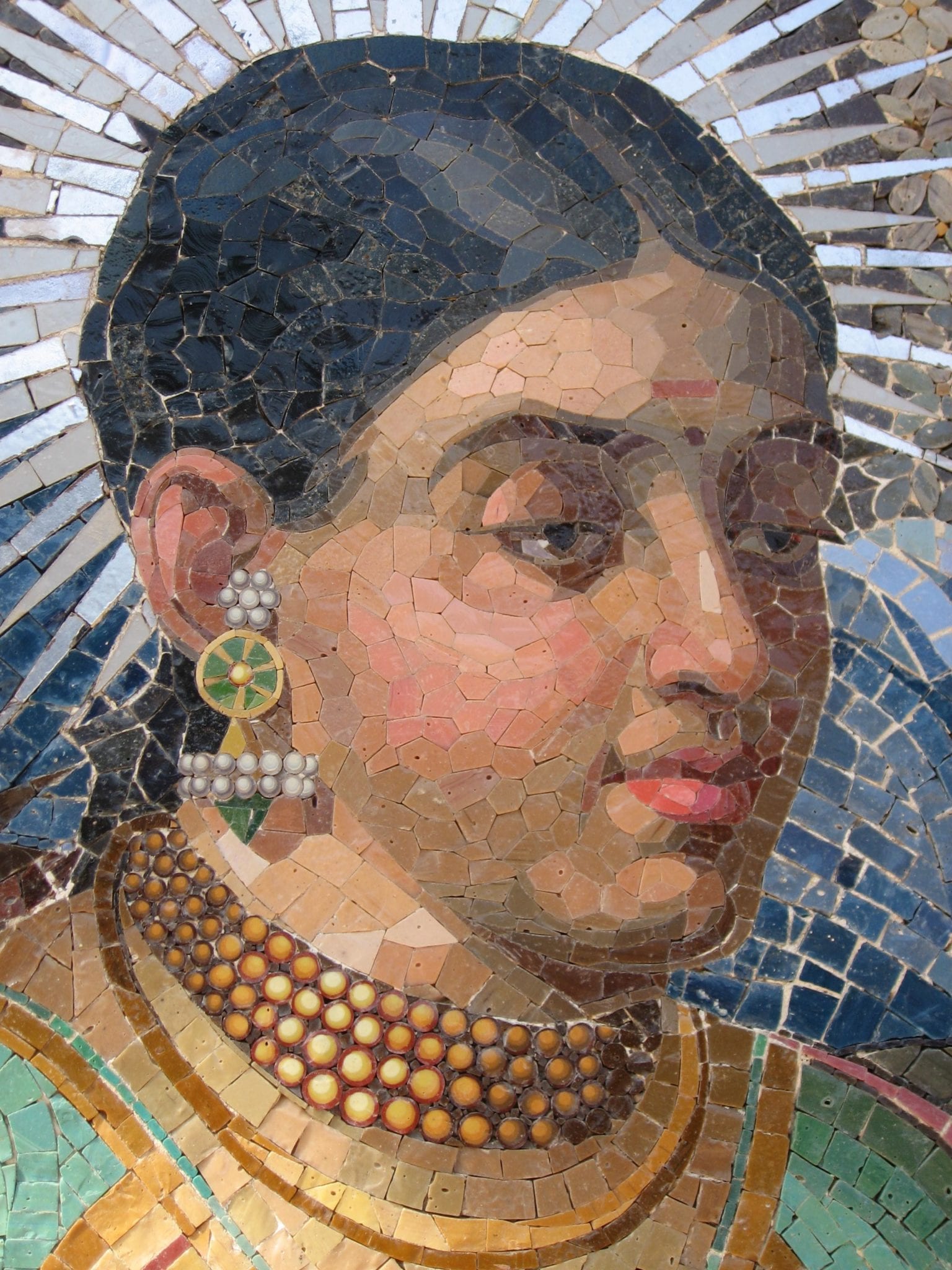
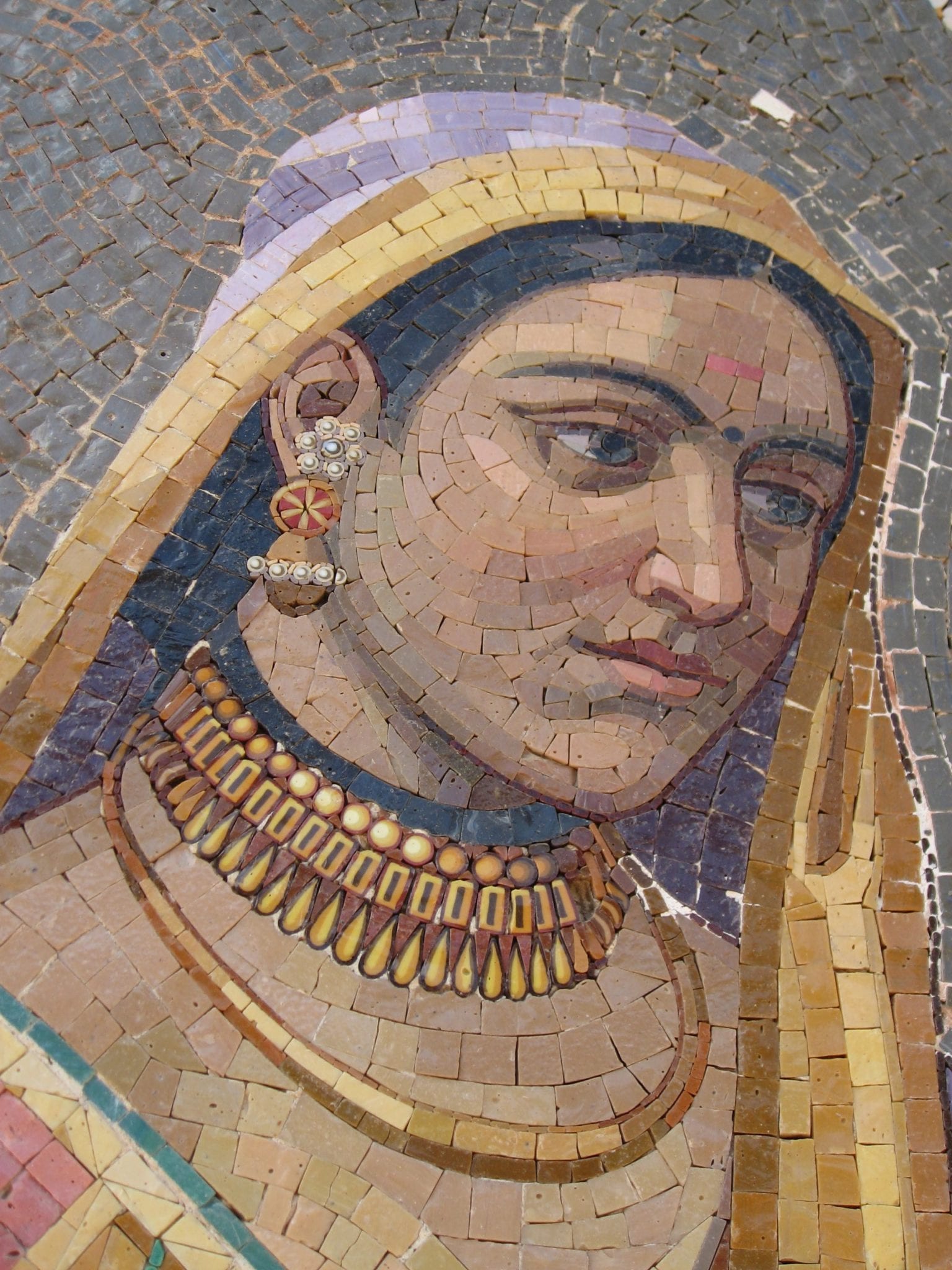


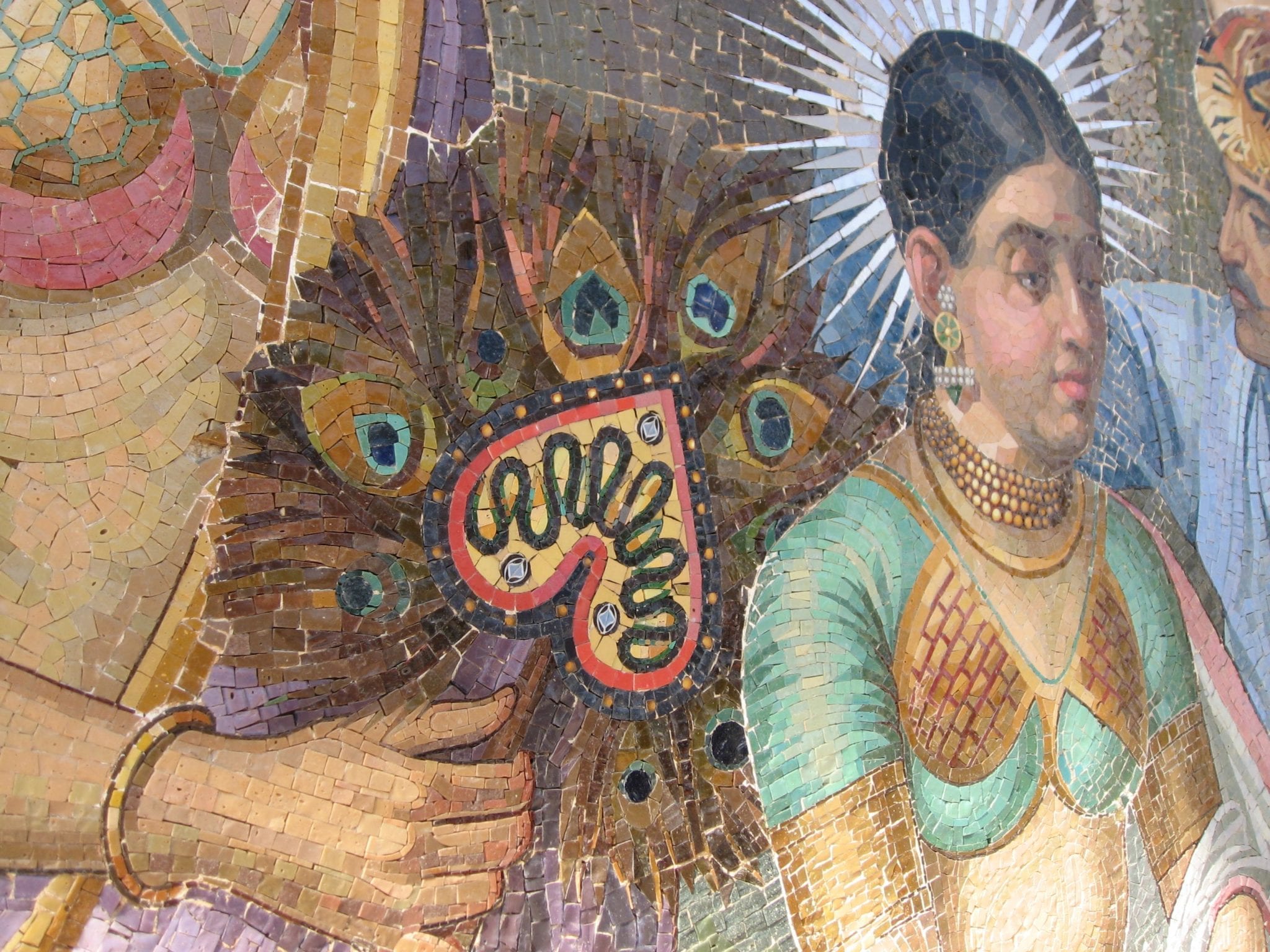


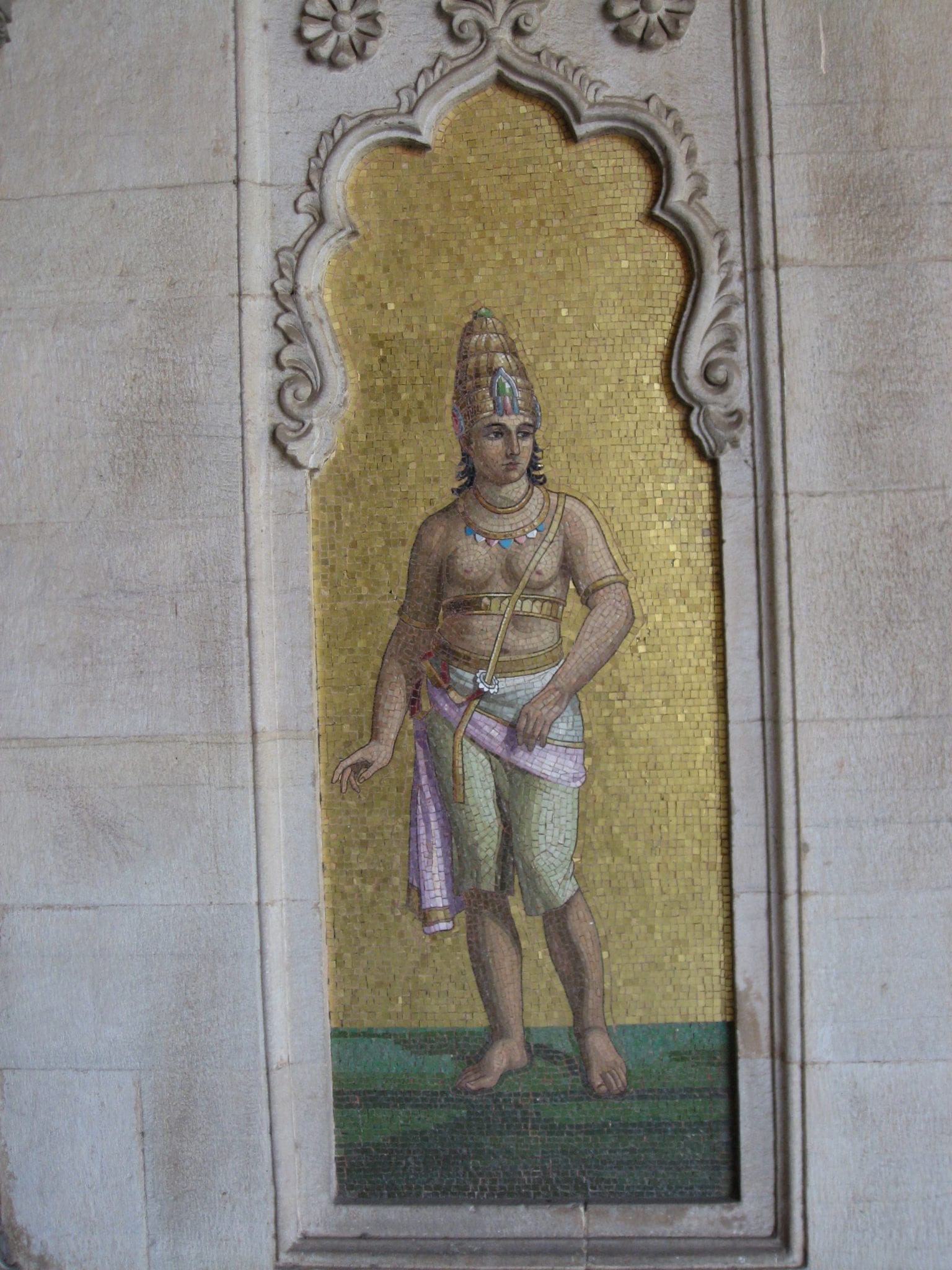
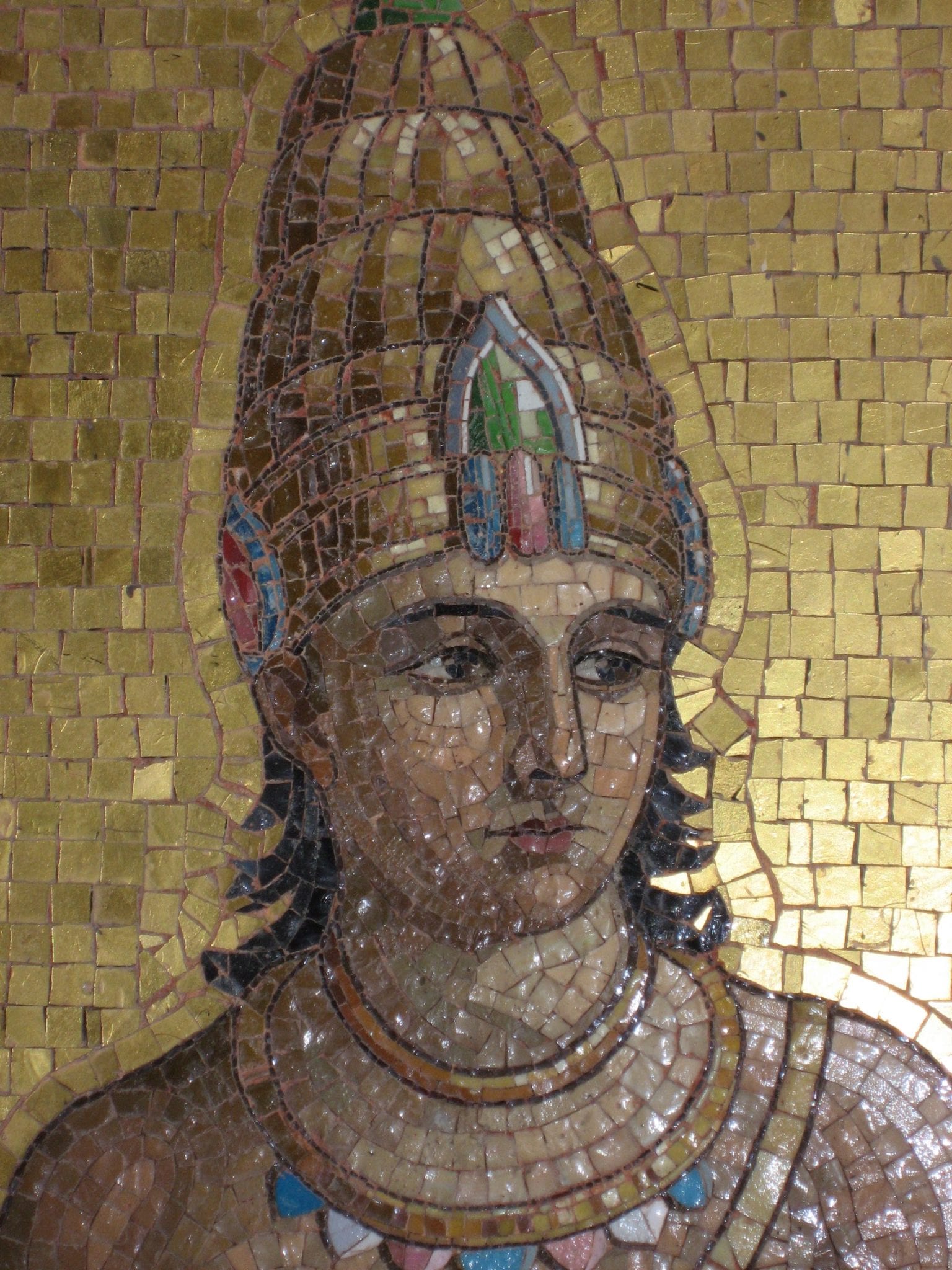


0 Comments
Leave a comment